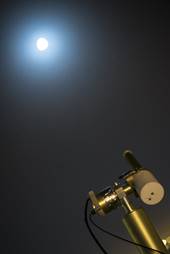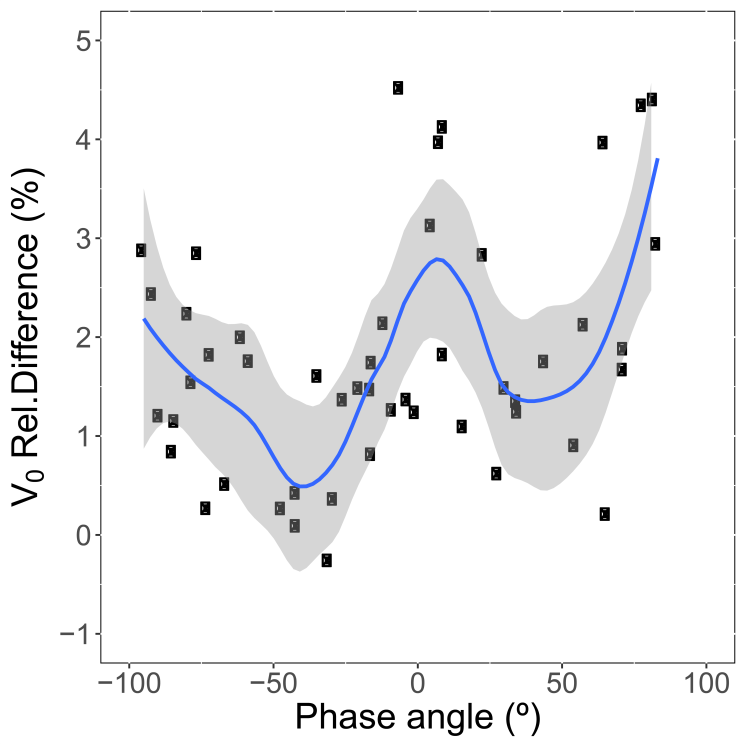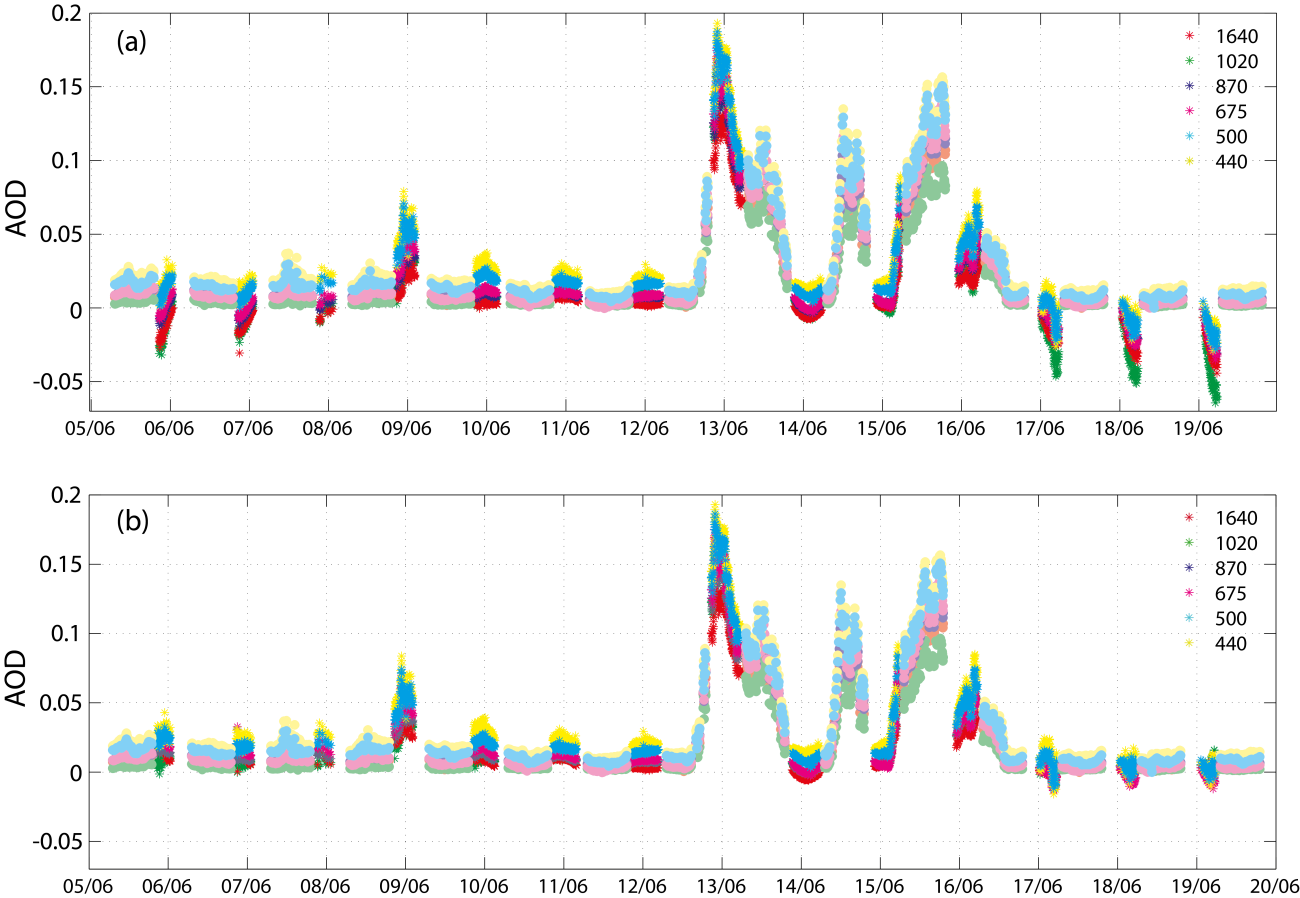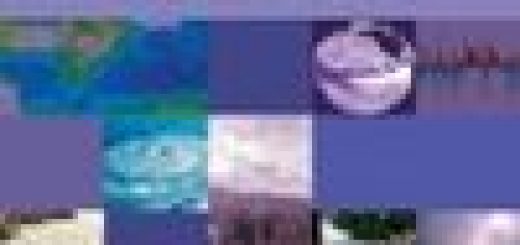Assessment of nocturnal Aerosol Optical Depth from lunar photometry at Izaña high mountain Observatory
![]()

Moon photometry has arisen as a useful tool for a daily and continuous aerosol monitoring, especially at high latitudes. A precise Moon irradiance model is mandatory in lunar photometry in order to take the continuous change of Moon’s brightness over the cycle into account. So far, the RObotic Lunar Observatory (ROLO) model, published in 2005, is considered an essential tool for Moon photometry. However, very limited studies exist in the literature focused on the application of this model to night-time data as well as to study the model contribution to the aerosol optical depth (AOD) uncertainty.
This work involves a first analysis of the systematic errors observed in the AOD retrieved at night-time using lunar photometry and calibration techniques dependent on the lunar irradiance model. In this respect, this paper is a first attempt to correct these AOD uncertainties through an empirical regression model. To this end, nocturnal AOD measurements were performed in 2014 using the CE318-T master Sun-sky-lunar photometer (Lunar-Langley calibrated) at Izaña high mountain Observatory. This information has been restricted to 59 nights characterized as clean and stable according to the information provided by the MPL-3 lidar vertical backscattering profiles. This instrument is running at nearby station (Santa Cruz de Tenerife, at sea level).
A phase angle dependence as well as an asymmetry within the Moon’s cycle of the ROLO model could be deduced from the comparison in this 59-night period of the CE318-T calibration performed by means of the Lunar-Langley and the calibration performed every single night by means of the common Langley technique (Fig. 1).

Fig. 1: Calibration coefficients (V0) relative difference (%) at 870 nm when Langley and Lunar-Langley absolute calibration techniques are compared. Smoothing by means of LOESS (locally estimated scatterplot smoothing) is shown with solid line. The shaded areas represent the 95% confidence interval.
Once the existence of a bias in the lunar irradiance model (which introduces calibration and AOD uncertainties dependent on Moon’s phase angle) was verified, these authors proposed an empirical correction method for the AOD retrieval at night-time. To do that, nocturnal AOD has also been compared in the same period with a reference AOD based on daylight AOD extracted from the AERONET network at the same station. Considering stable conditions, the difference between AOD from lunar observations and the linearly interpolated AOD (the reference) from daylight data (ΔAODfit), has been calculated. The results show that ΔAODfit values are strongly affected by Moon phase and zenith angles. This dependency has been parameterized using an empirical model with two independent variables (Moon phase and zenith angle) in order to correct the AOD for these residual dependencies. The correction of this parameterized dependency has been checked at four stations with quite different environmental conditions (Izaña, Lille, Carpentras and Dakar) showing a significant reduction of the AOD dependence on phase and zenith angles, and an improved agreement with daylight reference data. An example of the impact of this empirical correction to nocturnal data is shown in Fig. 2, where the authors present the AOD evolution in one Moon cycle at Izaña in June, 2014, before and after the AOD correction.

Fig.2: AOD evolution for one Moon cycle (June, 2014) at Izaña. Opaque colors represent daylight data. Nocturnal AOD before (a) and after (b) correction is plotted.
These authors concluded that, for the four sites under study, absolute AOD differences for day-night-day clean and stable transitions after this empirical correction remain below 0.01 for all wavelengths.
Further details about this study can be found at the on-line paper:
Barreto, Á., Román, R., Cuevas, E., Berjón, A. J., Almansa, A. F., Toledano, C., González, R., Hernández, Y., Blarel, L., Goloub, P., Guirado, C., and Yela, M.: Assessment of nocturnal aerosol optical depth from lunar photometry at the Izaña high mountain observatory, Atmos. Meas. Tech., 10, 3007-3019, https://doi.org/10.5194/amt-10-3007-2017, 2017.
The paper can be downloaded at: https://www.atmos-meas-tech.net/10/3007/2017/







